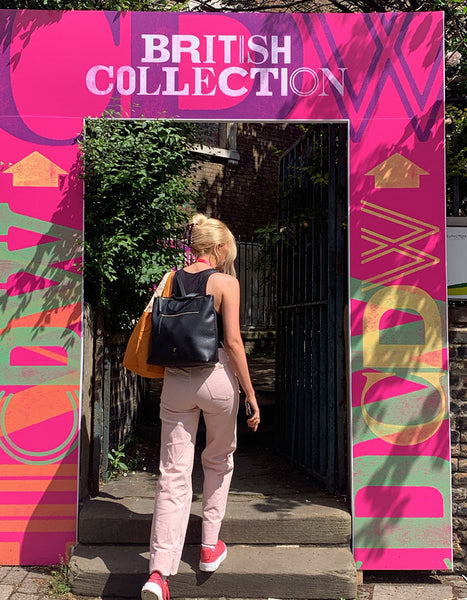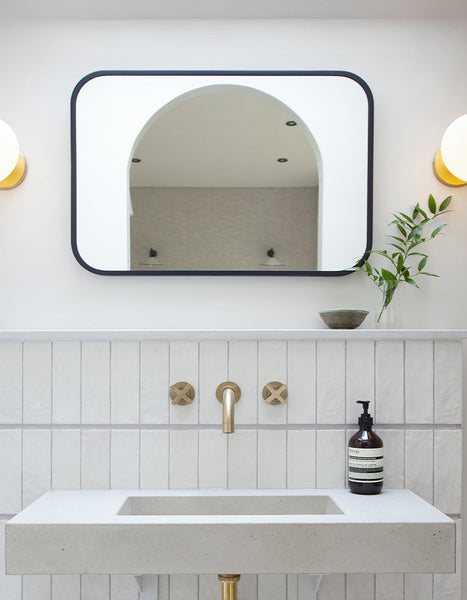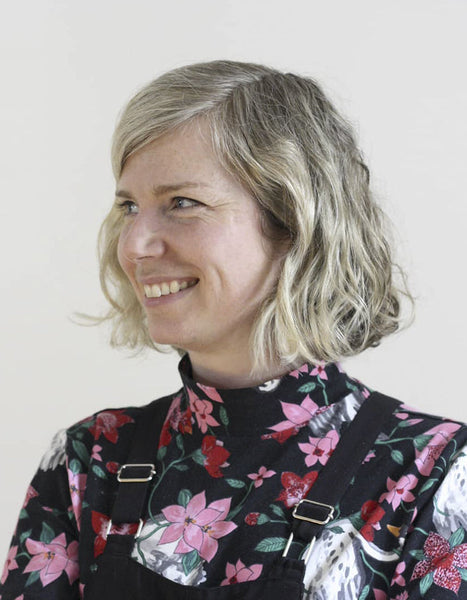Joe Armitage, Design Director #Teamtala

Joe Armitage has been an instrumental figure in Tala’s journey from an ambitious start-up operating out of a garage, to a well-respected, internationally known lighting brand. We invited him to share his journey from architecture student to prodigious lighting designer, and we ask him what’s next for the humble light bulb.
What would you say has been the biggest step we’ve taken in transitioning from a start-up to an established brand?
Moving our new headquarters on Vyner Street – Tala Studios. The space is a converted warehouse and we have two floors including two amazing balconies overlooking Regent’s Canal. I’ve been to some amazing design studios, from Thomas Heatherwick’s in London to Achille Casteglioni’s in Milan, and it is clear working in a beautiful place, with space for materials and prototypes, is an important part of triggering ideas.
You’ve seen your fair share of trade show installs and pack-downs, especially in the early days. As a designer, what do you gain most from being on site at our trade shows?
I love speaking to potential customers or collaborators to understand how our designs might work with their needs. One of the reasons I like designing products over architecture is that you apply your design rationale to something and the product that you end up with is an object which people can either take or leave.
With architecture you can be very much at the mercy of your client, so it creates a different dynamic. Having said that, it’s important to listen and learn from our clients and understand what the market needs.
I also find sales fascinating. It’s the complete opposite mindset to design, and it is an art in-itself.

And if you get a chance to explore, what do you enjoy seeing most at exhibitions like Salone del Mobile or London Design Festival?
For Milan Design Festival, it is the way that the Italians host. I love the buzz that you get in the bars, cafes and restaurants, and how everyone just pours onto the streets.
Milan is a very special place for design with an incredible heritage and its proximity to a wealth of manufacturing in northern Italy: it’s more than just a trade show, it’s a celebration of design.
Having grown up in London, I find LDF less exciting but there is always a great buzz here and it’s cool to see spaces re-imagined and institutions like the V&A now embracing the festival.
We’re just coming back down from another busy London Design Festival. Did anything stand out to you from this year’s fair?
I enjoyed Donna Wilson’s playful and fresh ‘Abstract Assembly’ chairs which she created in collaboration with SCP for part of their exhibition entitled: The Landscape of Symbols.
You are the brains behind our most beloved product collection, the Voronoi. What was the main inspiration behind the design concept, and how does it feel seeing something you designed decorate restaurants, offices and homes all over the world?
A century ago bulbs were made with a vacuum inside and as a result their uniform shapes were designed to resist the pressure that this created. With the advent of LED and new technologies, there is no reason to continue using these shapes so I thought that the best way to celebrate that would be to create an organic shape.
The Voronoi equation was just a vehicle to get to the final form. I didn’t want to just create a random organic shape because at the end of the day everything is a certain shape for a reason, so I looked at nature for a rationale to derive the form. We created 3D models of Voronoi forms and then rounded them, much like a pebble is rounded over time.
I love to walk into a space and see the lights when I’m least expecting it – especially when I’m abroad – but I enjoy the fact that something I have designed is being enjoyed by other people.
Nature and mathematics are both big influences on your designs. Where do these interests stem from, and what else do you look to for inspiration?
My Grandmother is a wallpaper designer and she taught me to look at nature from a design perspective. I love looking at anatomical drawings of plants, and we had a lot of them on the walls when I was younger.
My Great Grandfather on the same side was a stone carver from Yorkshire, who started his own business in London making decorative stonework for buildings like the Bank of England, Chelsea Bridge and The Parliament in New Delhi. He worked with architects like Lutyens and Sir Herbert Baker, and it’s amazing to see how his team took natural forms like acanthus leaves and arranged them into symmetrical patterns before carving them into 3D forms and decorating buildings with them.
The other side of my family are from the Shetland Islands in Scotland. The electrical grid was only built there in the 1950s and my Grandfather was one of the islands electricians driving around fixing people’s power supplies during storms. He had sheds filled with tools, electrical components and bits of shipwrecks that landed on the coast, so it was a very inspiring place to be as a young boy and I would always help him fix things.
I think it’s incredibly important to look to the future and consider how the designs we create will impact the world. The challenge of using waste as a resource is part of this and so looking at new and innovative ways of recycling is always an inspiration.
You studied architecture at university. How has this impacted your career as a product designer?
Although I studied architecture, I was always obsessed with designing the details of the buildings – the parts that you interact with. So, it was a natural step to move into smaller scale design.
It helps to understand how a building works and how spaces flow because this is the context within which our lights are set.
The work ethic that you pick up studying architecture is incredibly strong so that has certainly helped.
Has the accessibility and emergence of 3D rendering and printing techniques in the past decade changed how you design? How have you and the team adapted?
3D design is an incredible tool, but every one of our designs starts on paper before being translated digitally.
It’s important to embrace new technologies but also have a mix of skills and approaches and I think the strength of our team is the diversity in the way that the individuals think. Modern technology helps you think about design in a different way, and therefore increases this diversity.
What’s the biggest challenge in launching a new product design?
Manufacturing consistency. A great idea is still just an idea unless you can turn it into reality. And even then, it wouldn’t make business sense unless you can produce it at the right volume, at the right price and in a timely manner. Fortunately, we have a fantastic team of people who take care of every aspect from the inception of a concept to the moment a customer unpacks it and turns it on in their home.
We pride ourselves on the ambition to push the design of the light bulb to its limits. Where do you see light bulb design in ten years time?
The majority of people still see a light bulb as just a functional source of light, but Tala was founded on the idea that they can be more than just this, and I think that we have done a good job of proving that so far.
Designers are certainly coming to realise the importance of light quality, particularly for wellbeing, so you’ll just have to wait and see how it develops!
Quick fire questions
Least favourite design trend?
Shabby Chic – partly for the name
Favourite design brand you follow?
Studio Drift
Weekend getaway location?
Kew Gardens








